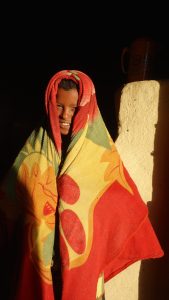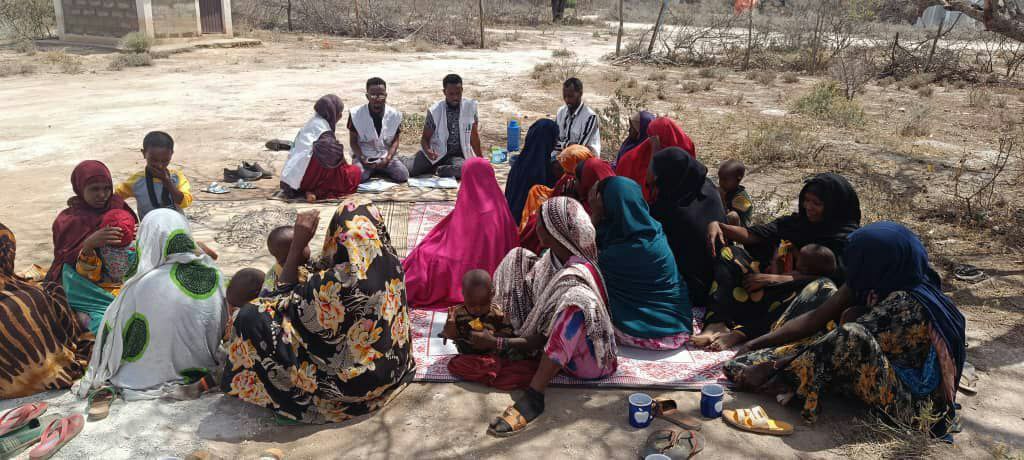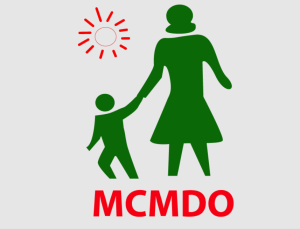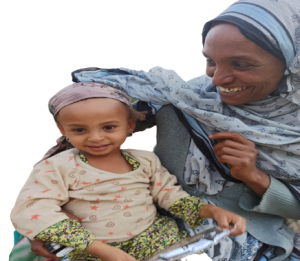
The Land, people and demography
Ethiopia, officially the Federal Democratic Republic of Ethiopia, in the Horn of Africa, is a rugged,
landlocked country split by the Great Rift Valley. With archaeological finds dating back more than
3 million years, it’s a place of ancient culture. It’s the most populous country next to Nigeria.
Ethiopia is one of the world’s oldest civilizations and home of over 80 ethnic groups that speak
about 80 different languages. The population is unevenly distributed owing to varying physical
factors such as altitude and climate and human factors such as type of economic activities.
With an estimated population of over 117, 800,000 million (of which 58.98% male and 58.8% are
female)1. Ethiopia is the second most populous country in Africa after Nigeria. In 2030 the
population of Ethiopia is expected to be 145.5 million (of which 73.3 million are male and 71.7are
female).
Government and Administration
Ethiopia adopted a new constitution that established the Federal Democratic Republic of Ethiopia
(FDRE) in 1995.The government of Ethiopia is structured in the form of a federal parliamentary
republic, formed with in three separated bodies, whereby the Prime Minister is the head of
government. Executive power is exercised by the government while legislative power is vested in the
Parliament. The Judiciary is more or less independent of the executive and the legislature. There
are 11 ethnically based administrative regions and two self-governing administrations: the capital
city Addis Ababa and Dire Dawa. The regional states and city administrations are divided into
zone/ sub city, Woredas (districts) and Kebeles (sub-districts). A Woreda /District is the basic
decentralized administrative unit and has an administrative council composed of elected members.
Zonal administrations are in place in some populous regions above Woredas as an extended arm
of the regional states.

Economic Policies and Performance
Ethiopia ranks number 12th in the world by population in the list of 235 countries/territories.
Ethiopia is ranked 2nd among 58 countries in Africa and expected to be 132,765,527 by 2026 and
still the fastest growing economy in the region, with 6.3% growth in FY2020/21. However, it is
also one of the poorest, with a per capita gross national income of $960. Ethiopia aims to reach
lower-middle-income status by 2025.
Over the past 15 years, Ethiopia’s economy has been among the fastest growing in the world (at
an average of 9.5% per year). Among other factors, growth was led by capital accumulation, in
particular through public infrastructure investments. Ethiopia’s real gross domestic product
(GDP) growth slowed down in FY2019/20 and further in FY2020/21 due to COVID-19, with
growth in industry and services easing to single digits. However, agriculture, where over 70% of
the population are employed, was not significantly affected by the COVID-19 pandemic and its
contribution to growth slightly slowdown in FY2020/21 compared to the previous.
The government has launched a 10-Year Development Plan, based on the 2019 Home-Grown
Economic Reform Agenda, which will run from 2020/21 to 2029/30. The plan aims to sustain the
remarkable growth achieved under the Growth and Transformation Plans of the previous
decade, while facilitating the shift towards a more private-sector-driven economy. It also aims to
foster efficiency and introduce competition in key growth-enabling sectors (energy, logistics, and
telecom), improve the business climate, and address macroeconomic imbalances. With its goal of
making Ethiopia a middle-income country no later than 2025, the Government, among other
things, has been investing heavily in economic and social infrastructure, streamlining public
services, revamping the tax collection system, and supporting small and medium enterprises
(SMEs).


